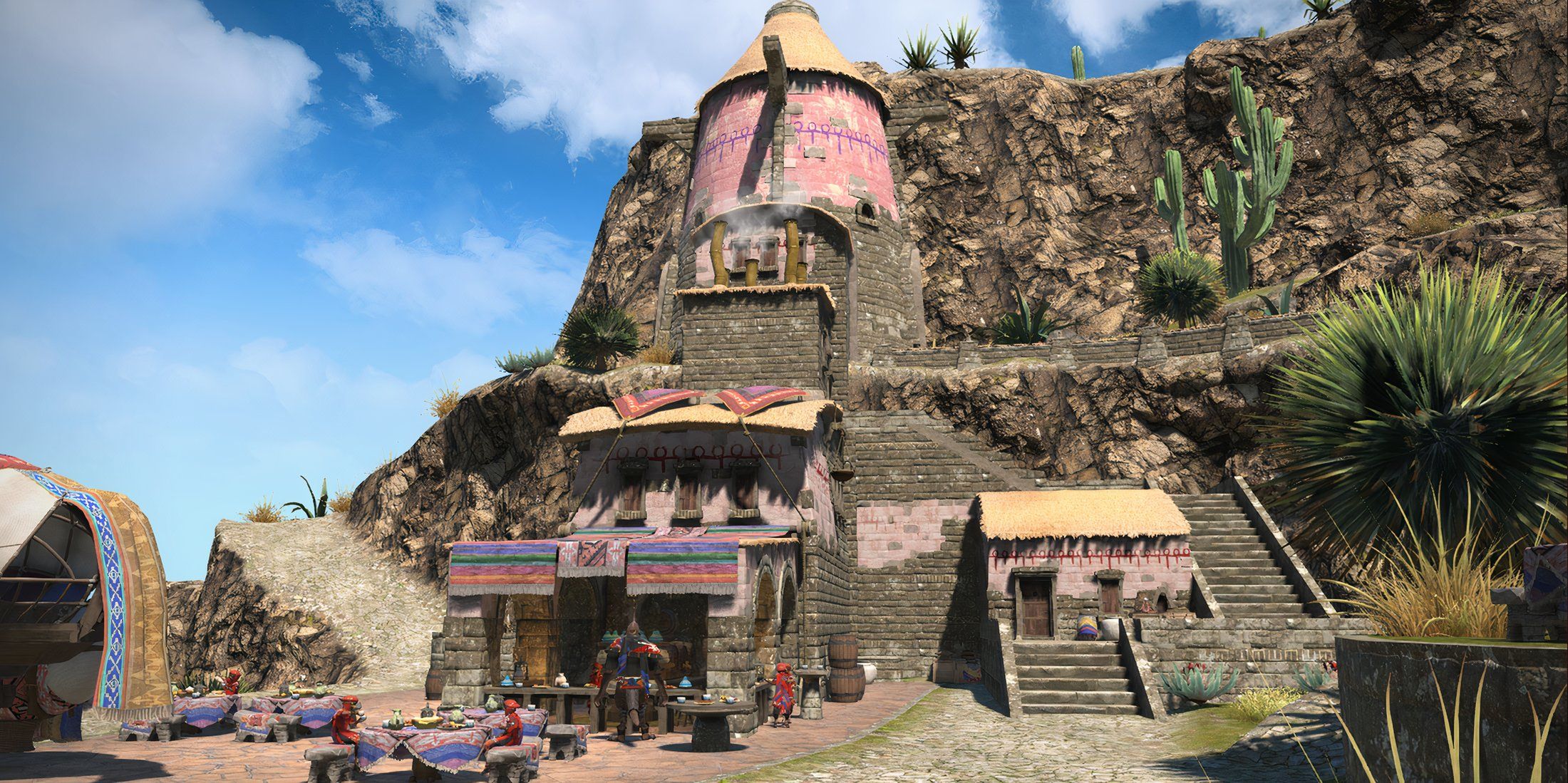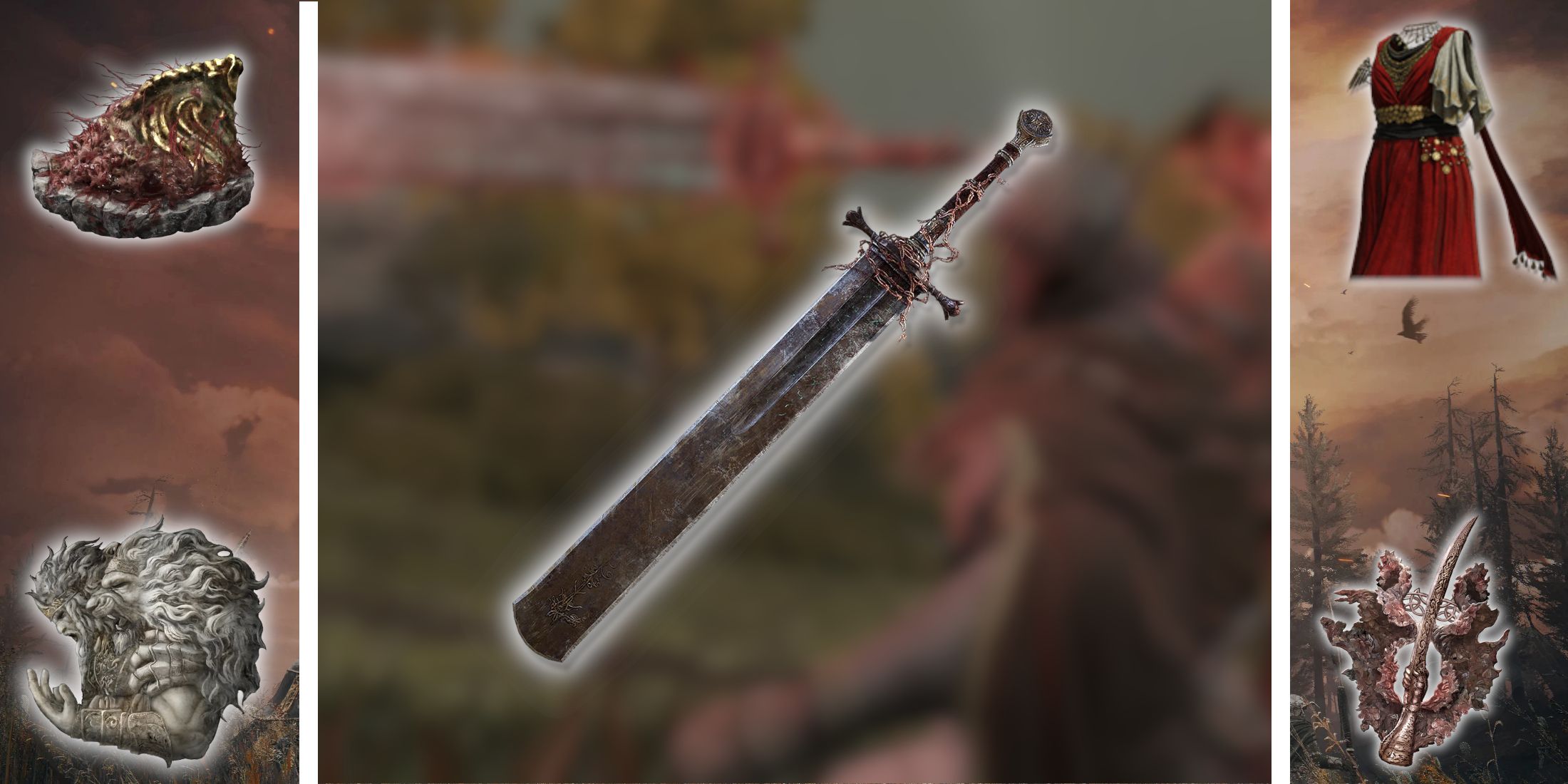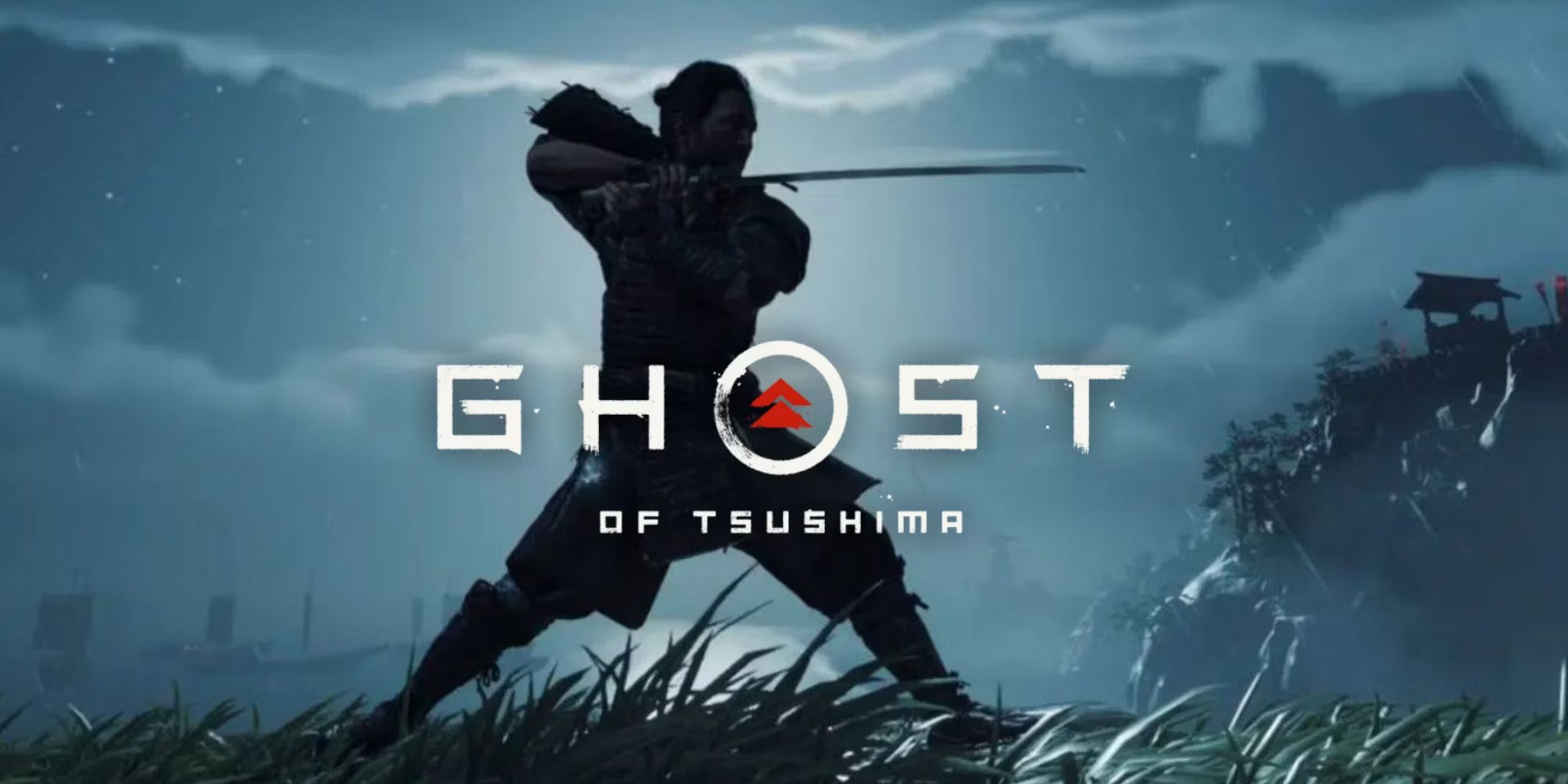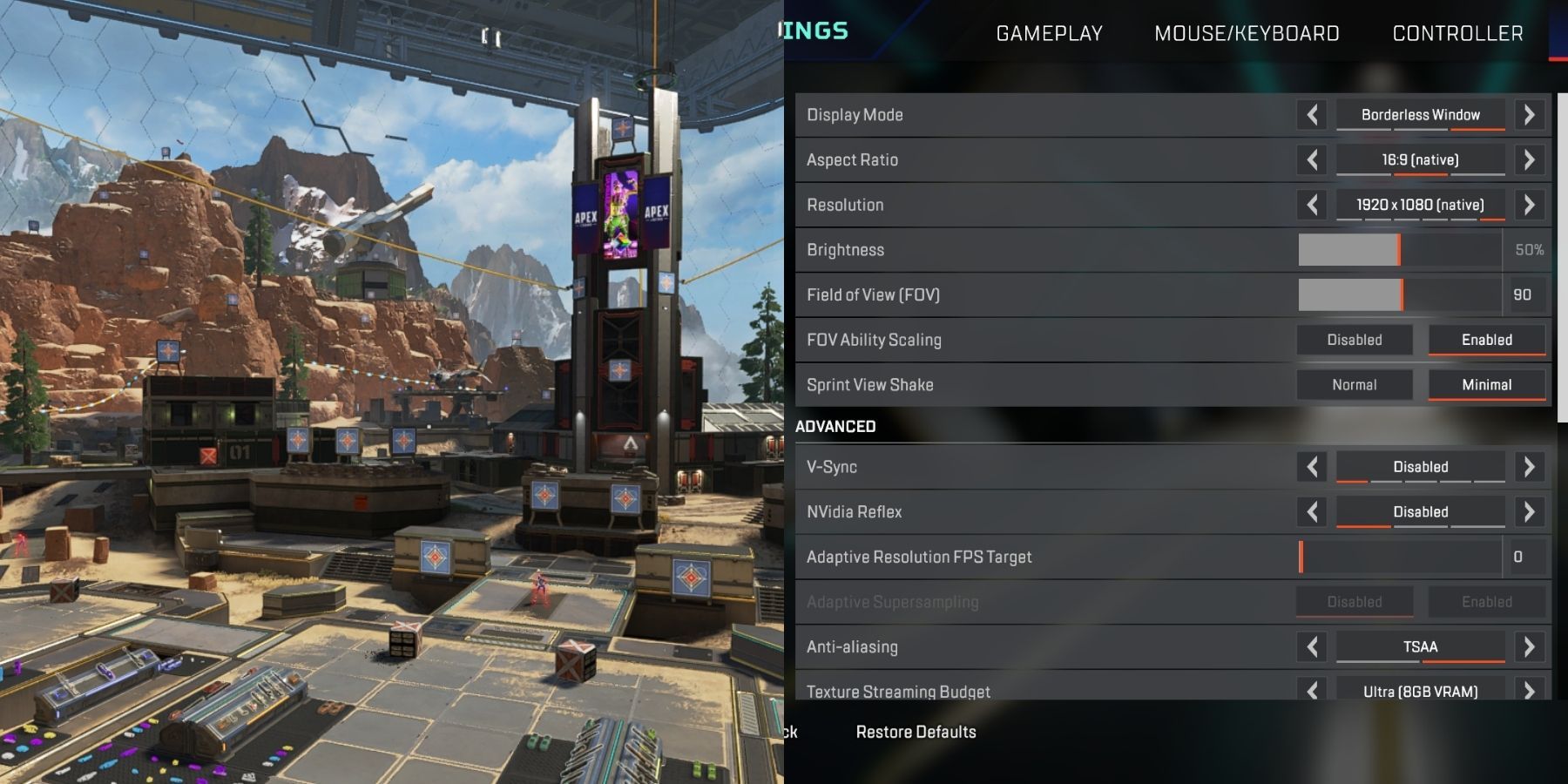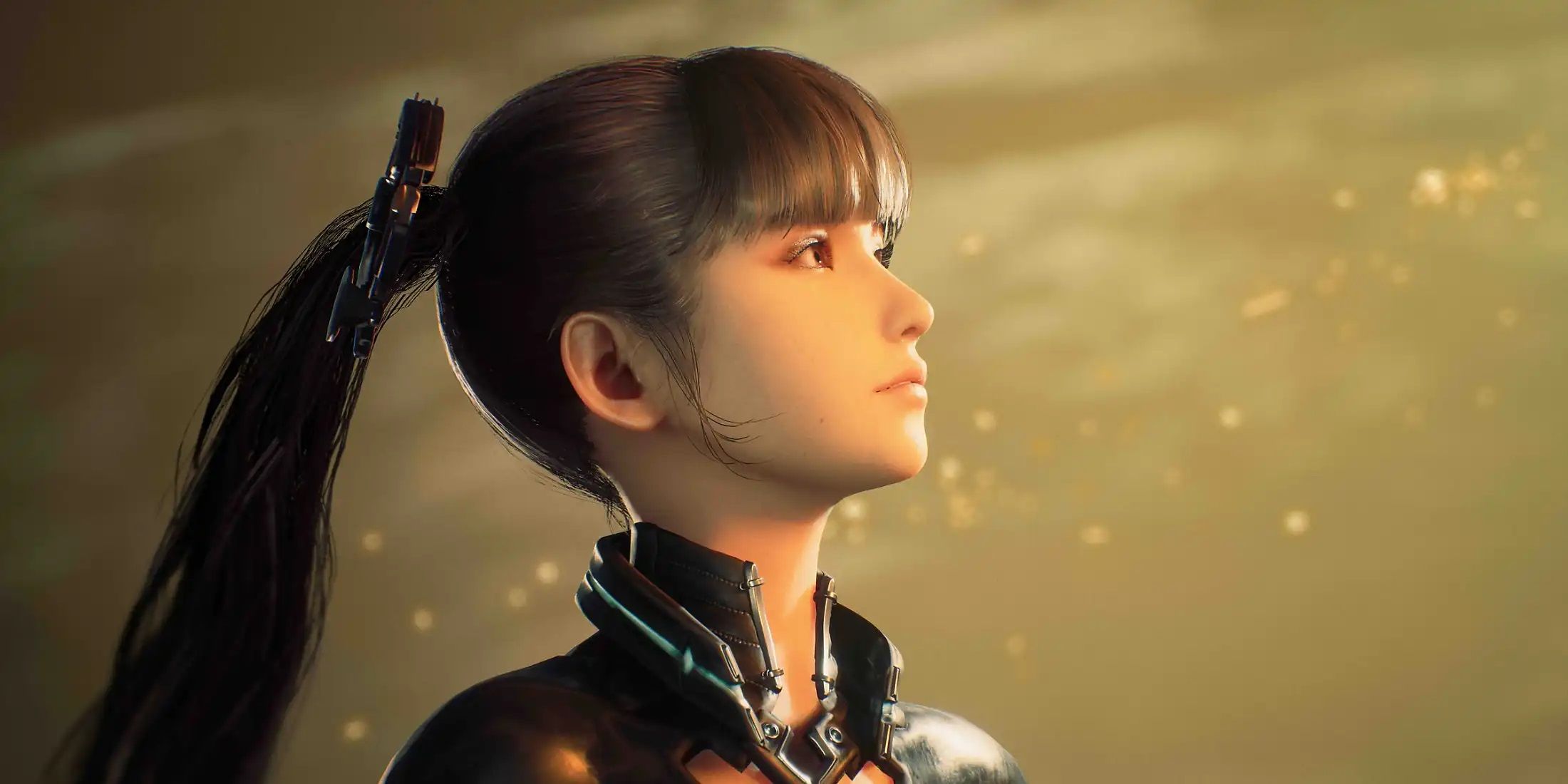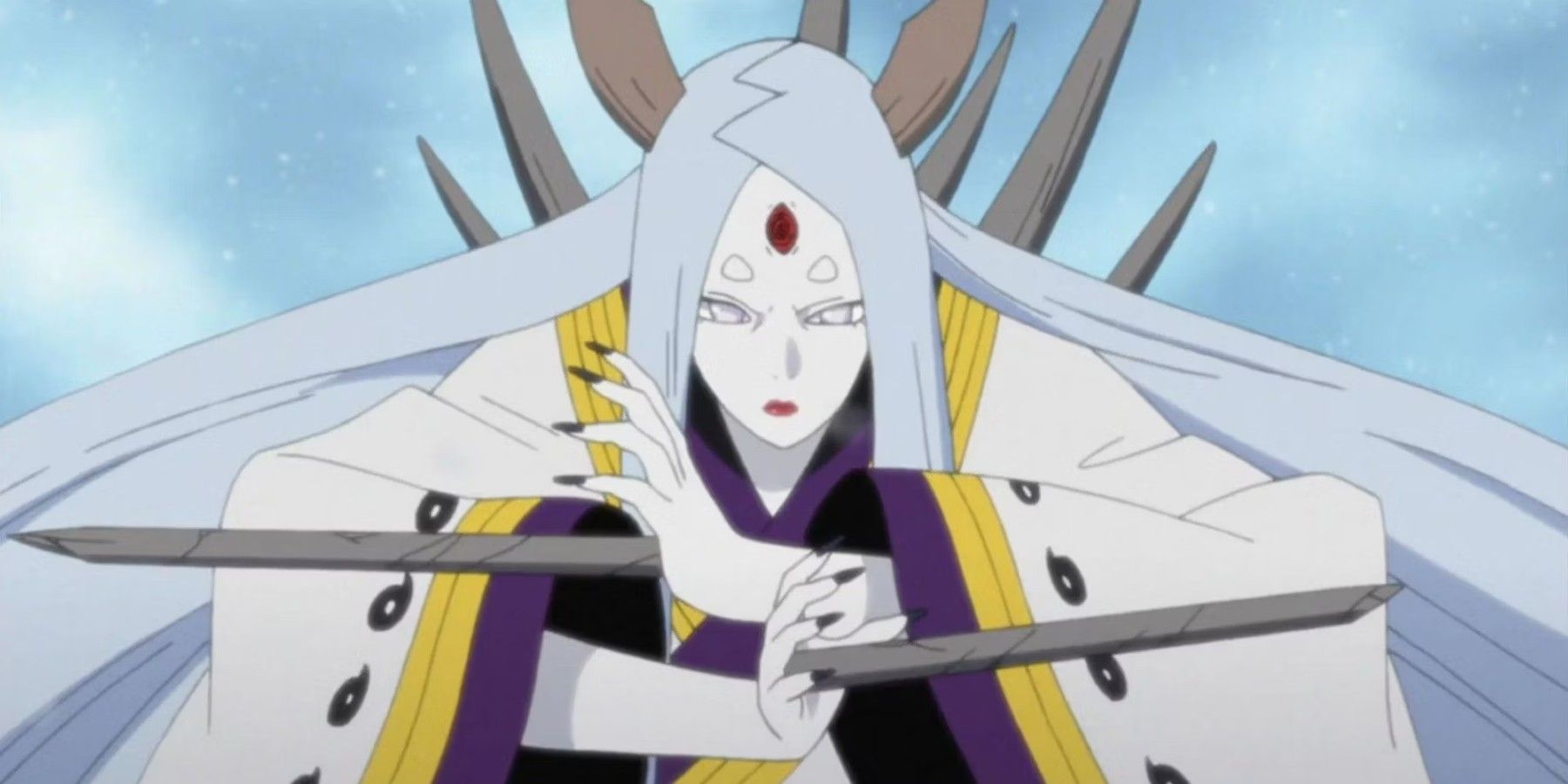Some games take place in South America, but the continent’s beautiful landscape and centuries of culture are still underrepresented in video games. One of the biggest additions to the list of games showcasing environments and cultures inspired by South America is this year’s Final Fantasy 14 expansion, Dawntrail.
Game Rant got to speak with Final Fantasy 14 producer Naoki Yoshida, better known as Yoshi-P, about the reasons behind looking to South America for Dawntrail and how the game represented a vast continent with tons of history.
The Road to Tuliyollal
It’s easy to draw comparisons between Dawntrail and the 2000 film Road to El Dorado or the 2009 anime El Cazador de la Bruja, but that isn’t where the idea for the expansion began, nor where it ended, according to Yoshi-P. Instead, the inspiration to set the first post-Endwalker expansion in Tural, Etheirys’ South America analog, came from the players.
Final Fantasy 14
has many players around the world, and when we look at existing locations within
14
, we can look, for example, at the three city states in Eorzea and even places like Gridania. They draw inspirations from places around the world. We had many players who were waiting for us to incorporate some sort of homage to Central and South America, and we had in mind those players who were really expecting some sort of reference to this area.
There were a lot of options for where to go, from unexplored areas of the world like Meracydia to other reflections–parallel versions of Etheirys created by a great Sundering in ancient times. Tural, however, had already been portrayed as “the New World,” and through some in-game items and the Blue Mage questline, had clear indigenous American influences. There was a place already prepared to meet the desire of fans looking for a Central and South America feeling. It made sense, then, to go for that.
The team also answered another common fan request with the outing to Tural’s main nation, Tuliyollal. Players wanted tacos.
We also considered other requests that came from the community, and a lot of players were actually asking for tacos! When will tacos be implemented? So we thought, “Okay, why don’t we do both of them at the same time?”
Taking all this together, there was no doubt what this new location for Final Fantasy 14 had to look like. The next question was how to do it properly and respectfully.
Condensing Thousand of Years into One Expansion
Naturally, there was some work involved in making a Latin American inspiration suitable for Final Fantasy 14. It wouldn’t do to copy a continent wholesale from Earth. It also poses a challenge to try to encapsulate an entire continent in one expansion. The team was acutely aware of the challenge they’d set for themselves, according to Yoshi-P.
If we think about Latin America as just a single entity, that’s a mistake. It’s more complex than that; it has a history spanning several thousand years. The culture itself is not simple, and because we understood the complexity of that, we didn’t want to take a very simple approach…That, in itself, was a challenge for us, and when we saw the response from our players in Central and South America, they seemed to be really happy with the results. I think, taking that in mind, we ended up being successful in our endeavors.
The process that the team followed to develop Tuliyollal involved a lot of research into Latin America. They went to museums. They read literature on Central and South American history. They studied the ancient cultures of the region. From there, they took on the challenge of adapting all of that to Final Fantasy 14.
No culture represented in Final Fantasy 14 is a perfect replica of its real-world counterpart. The very Libertalia-inspired pirate-focused Limsa Lomisna carries the colonialism of Great Britain, while the Roman-inspired nation of Garlemald has Russian influences scattered throughout, especially during Endwalker. Mishmashes like this are common in the Final Fantasy franchise overall, but are used extensively in Final Fantasy 14 to prevent in-game cultures from feeling too familiar, often as a result of the very different history Etheirys and Earth have had.
For Tural, the influences of various South American regions and cultures are easily identifiable, but presented differently. To incorporate elements of both pre-conquista and post-conquista Latin America without the influence of Europeans necessitates a different history, which results in different ways cultures have evolved. This becomes clear in the early parts of the main scenario of Dawntrail, where the story of the founding of Tuliyollal is told. Tuliyollal became something of a melting pot civilization, taking elements from the various independent cultures that joined to form it and end a long history of war across the continent.
Largely, this effort has worked to create something recognizably Latin American but still uniquely Final Fantasy 14. Through the story, the idea that each individual culture of Tuliyollal–which can’t be mapped neatly to real-world cultures but stands in for them in Etheirys–must be respected individually for a unified nation to exist is posed as a central theme. This is represented both by the expansion’s main character Wuk Lamat and her father, Gulool Ja Ja, who founded Tuliyollal.
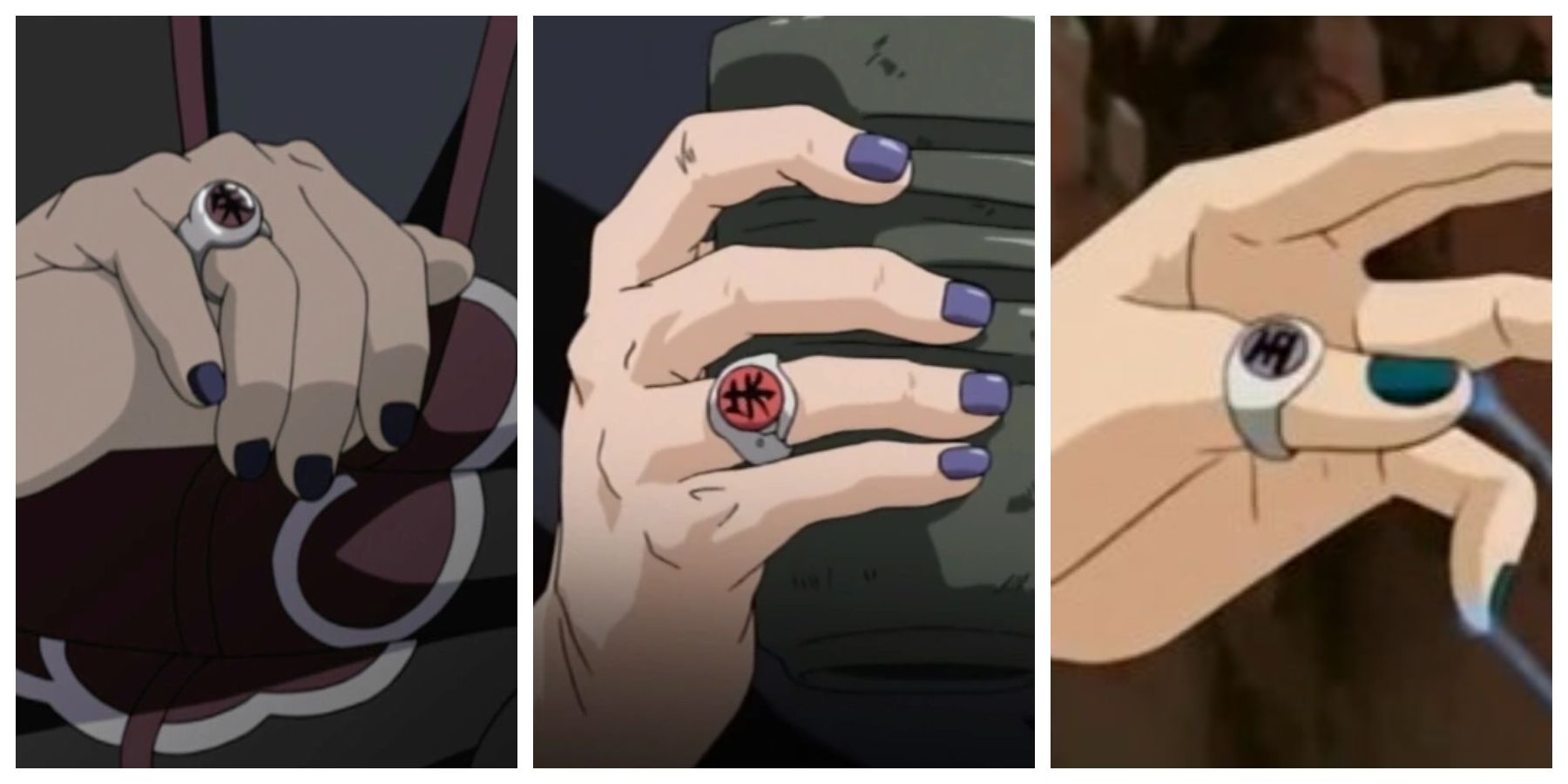
/cdn.vox-cdn.com/uploads/chorus_asset/file/24533980/STK417_banking_money_1.jpg)
